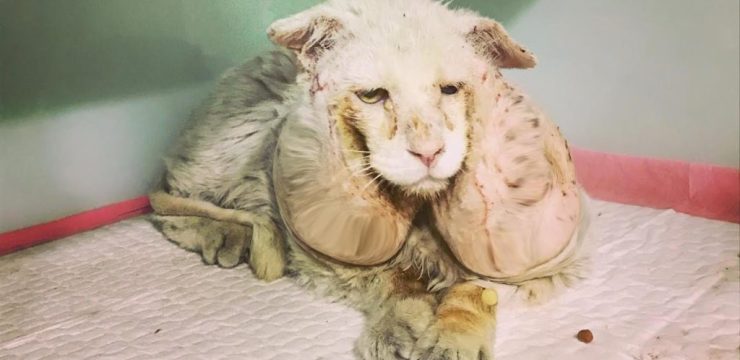Chicken is a staple in many diets, loved for its taste and nutritional benefits. However, not all parts of the chicken are created equal. While some cuts are healthy and safe, others come with potential health risks. Here are four parts of the chicken you might want to avoid to protect your health.

1. Chicken Skin
Crunchy, flavorful, and a favorite for many, chicken skin is undeniably delicious. However, it comes with a downside. Chicken skin is high in fat, which can contribute to unhealthy cholesterol levels if consumed in excess. Additionally, if not properly cleaned and cooked, chicken skin can harbor parasites and bacteria that may lead to foodborne illnesses. For those aiming for a healthier diet, skipping the skin is a wise choice.
2. Parson’s Nose (Pygostyle)
The parson’s nose, also known as the pygostyle, is often prized for its rich flavor and fatty texture. Despite its appeal, it’s best avoided. This part of the chicken contains lymphoid tissue, which can harbor harmful bacteria and viruses. Eating it increases the risk of consuming pathogens that can cause infections, making it a less-than-ideal choice for your plate.
3. Chicken Lungs
Chicken lungs are rarely eaten in many cultures, but they are sometimes included in dishes that use organ meats. However, they serve a detoxifying function in the chicken’s body, meaning they may contain residues of parasites, bacteria, or other harmful substances. Even thorough cooking may not completely eliminate these risks, making chicken lungs a potentially harmful part to consume. Eating them could lead to digestive discomfort or even more serious health issues.
4. Chicken Head
In some cuisines, chicken heads are considered a delicacy due to their unique texture and taste. However, they come with hidden dangers. Chicken heads can accumulate toxins, bacteria, and even heavy metals from the environment, posing a risk to human health. These risks are particularly concerning for children, whose developing bodies are more vulnerable to toxins.
The Bottom Line
While chicken is a healthy and versatile protein source, not all its parts are suitable for consumption. The skin, parson’s nose, lungs, and head are known to contain higher levels of bacteria, parasites, and even toxins. Avoiding these parts can help reduce the risk of foodborne illnesses and other health complications. Stick to safer cuts like chicken breasts or thighs to enjoy your meals without compromising your well-being.





